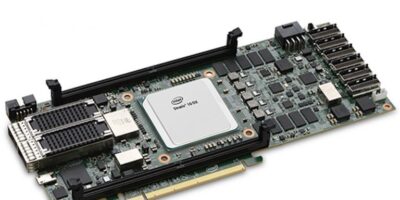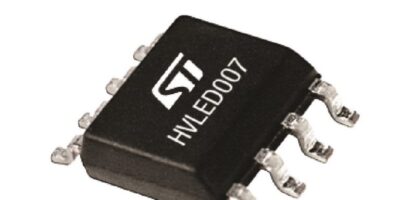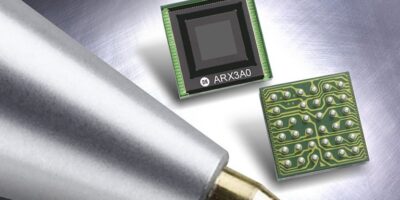FPGAs designed to support Intel Ultra Path Interconnect (UPI), PCI-Express (PCIe) Gen4 x16 and a new controller for Intel Optane technology are shipping from Intel. The Stratix 10 DX FPGAs are designed to boost acceleration of workloads in the cloud and enterprise when used with Intel’s data centre products.
The Stratix 10 DX FPGAs have new interfaces, including the option to support select Intel Optane DC persistent memory dual in-line memory modules (DIMMs). They increase bandwidth and provide coherent memory expansion and hardware acceleration for future Intel Xeon Scalable processors, reveals the company.
Data centre customers are using hardware accelerators, like FPGAs, for more computational speed from server systems running networking and cloud-based applications such as artificial intelligence (AI) training / inferencing or database-related workloads. The effective performance of hardware accelerators depends heavily on the communications bandwidth and latency between one or more server CPUs, available system memory and any attached accelerator, such as a graphics processor unit or application-specific standard products.
Diverting tasks to accelerators frees up CPU cores to become available to work on other higher priority workloads, increasing data centre operator efficiency, says Intel.
Stratix 10 DX FPGAs’ features include a memory controller which supports up to eight Intel Optane DC persistent memory modules per FPGA (up to 4Tbytes of non-volatile memory). There is also 100Gbyte per second Ethernet, HBM2 memory stacks and a quad-core Arm Cortex-A53 processor sub-system with peripherals.
The Stratix 10 DX joins the Stratix 10 GX, Stratix 10 SX SoC FPGAs, Stratix 10 TX and Stratix 10 MX FPGAs.







